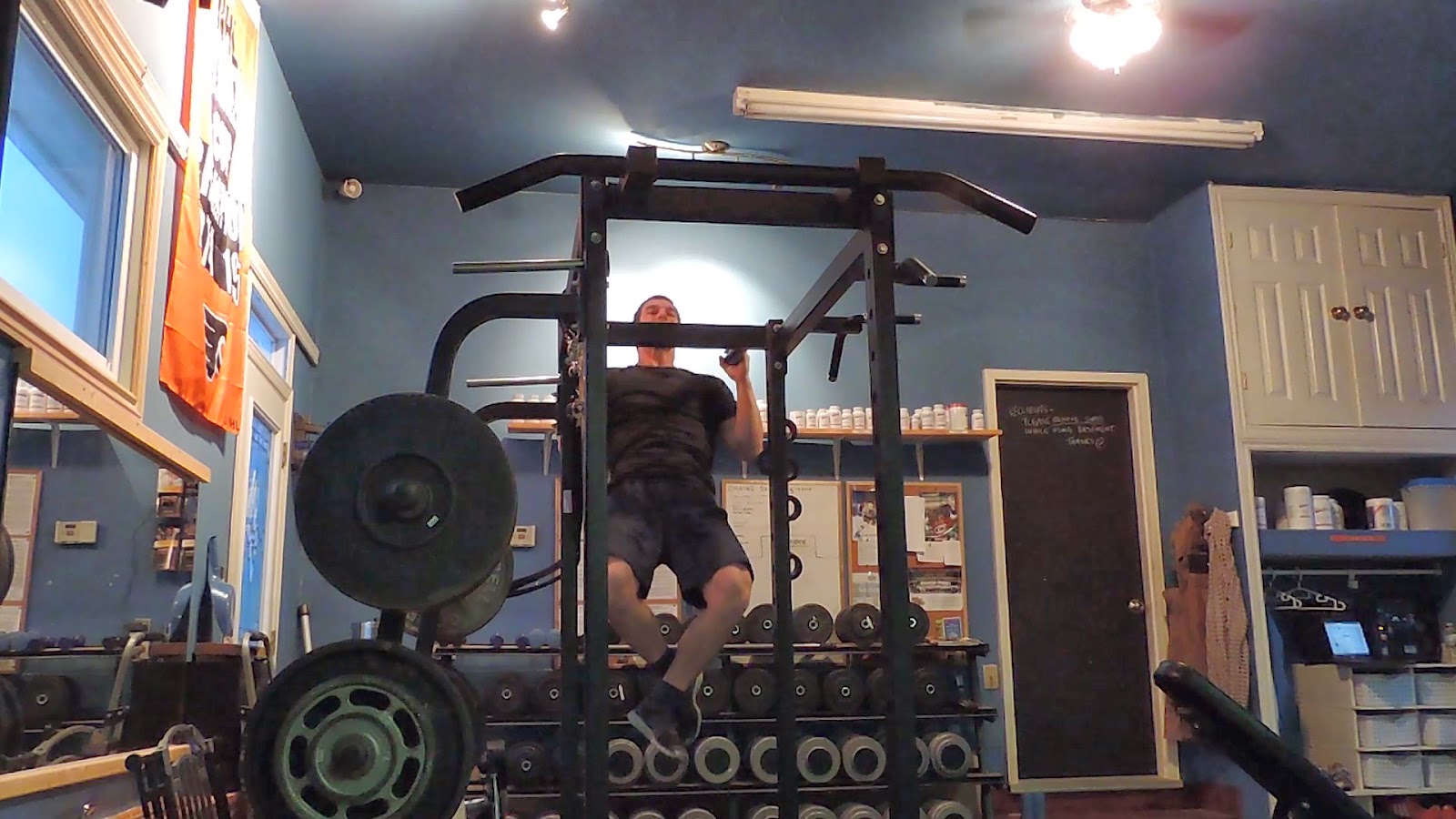Why do you need this many different attachments and grips?
- Grip strength is very specific, you need to train with many different grips do maximize overall forearm and gripping strength
- Fat grips or fat bar training, helps build forearms and grip strength, a weakness in athletes and in the general population
- You can use different attachments to add variety to your workouts
- Varying grip activates more muscle fibres- this leads to faster increases in strength and hypertrophy, especially during upper body workouts
- See Thick Bar Training for more reasons and a more in depth look at the specifics of grip training
- Check out FAT GRIPZ, if you don't have access to fat bars
For our beginner and less experienced clients, the main reason is the comfort of the grip. Common trends we see in our beginners, are a weak upper back and poor movement biomechanics. The MAG bars allow for an easier grip of the bar, and because of this, they get more back recruitment. Clients are not limited by their weak grip strength, and can therefore focus on using their back, versus struggling to hold the handles.
For our more advanced clients they add a lot of variation to pulling exercises, like seated rows and pull-ups/chin-ups. The more advanced you are as a lifter, the more important variation is for upper body changes. They also allow us to use fat grips at the start of the workout to increase difficulty of the first sets and still allow clients to get maximum back involvement in the following sets, due to the easier grip provided by the MAG bars.
Below is the workout I did today that mixes grips, angles of exercises, and therefore the difficulties of the exercises. This is a workout based on variations of mechanical advantage extended supersets.
A1 Fat Bar Standing Shoulder Press 4-6 Reps 40X0 Rest 10 seconds
A2 DB Seated Arnold Press 4-6 Reps 3010 Rest 10 seconds
A3 Incline Bilateral Trap 3 Raises 6-8 Reps 3010
Rest 90 seconds
A4 Fat Wide Grip Pull-ups 4-6 Reps 31X0 Rest 10 seconds
A5 Fat Neutral Grip Pull-ups 4-6 Reps 31X0 Rest 10 seconds
A6 Supinated Fat Grip Chin-ups 4-6 Reps 31X0
Rest 90 seconds and repeat all the A series for 3 sets. Once they are completed, move to B sets (below).
Above is an example of a mechanical advantage extended set, Wider Grip Pull-ups are harder than Neutral Grip, which are harder than Chin-ups. This allows you to max out at each different exercise. As you get more tired, the exercises get easier, allowing you to 'extend your set.' This is a great way to boost upper back strength and size.
B2 Fat Grip Flat DB Press 4-6 Reps 40X0 Rest 10 seconds
B3 Fat Grip Dips 4-6 Reps 40X0
Rest 90 seconds
B1 Pronated Medium MAG Bar Seated Row 4-6 Reps 3011
B2 Supinated Narrow MAG Bar Seated Row 4-6 Reps 3011
B3 Rope Face Pull 6-8 Reps 3010
Rest 90 seconds and repeat all the B series for 3 sets.
During the A set the forearms get challenged, especially during the Fat Grip Pull-up/Chin-up extended set. During the B set the forearms get even more tired from the Fat Grip DB Pressing and Fat Grip Dips. By using the MAG Bar for the pulling at the end of the B sets, the back can still be challenged, due to the extra grip provided by the MAG bar. Using the MAG bars therefore add extra overload to the back and therefore increasing gains.









No comments:
Post a Comment